Newsletter: https://mindfulmodeler.substack.com/
Website: https://christophmolnar.com/

The paper showed that attribution methods, like LIME and LRP, compute Shapley values (with some adaptations).
The paper also introduces estimation methods for Shapley values, like KernelSHAP, which today is deprecated.

The paper showed that attribution methods, like LIME and LRP, compute Shapley values (with some adaptations).
The paper also introduces estimation methods for Shapley values, like KernelSHAP, which today is deprecated.
How I sometimes feel working on "traditional" machine learning topics instead of generative AI stuff 😂

How I sometimes feel working on "traditional" machine learning topics instead of generative AI stuff 😂
Modeling Mindsets is a short read to broaden your perspective on data modeling.
christophmolnar.com/books/modeli...
*Hat not included.

Modeling Mindsets is a short read to broaden your perspective on data modeling.
christophmolnar.com/books/modeli...
*Hat not included.

(and yes, I'm reading my own book here as a reference for another project, feeling like an imposter because I don't have everything memorized 😂)

(and yes, I'm reading my own book here as a reference for another project, feeling like an imposter because I don't have everything memorized 😂)
Must be an attraction to trees. 😁

Must be an attraction to trees. 😁
No.
There's a great overview, which is from this paper: arxiv.org/abs/2211.08943
My take: I prefer interpretability since the term explainability is too strong.

No.
There's a great overview, which is from this paper: arxiv.org/abs/2211.08943
My take: I prefer interpretability since the term explainability is too strong.
To broaden the "model" horizon, I can recommend these two books:
• Thinking in Systems by Donella H. Meadows
• Simulation and Similarity by Michael Weisberg
(ignore the monkey)

To broaden the "model" horizon, I can recommend these two books:
• Thinking in Systems by Donella H. Meadows
• Simulation and Similarity by Michael Weisberg
(ignore the monkey)
Let's start with "What are embeddings" by @vickiboykis.com
The book is a great summary of embeddings, from history to modern approaches.
The best part: it's free.
Link: vickiboykis.com/what_are_emb...
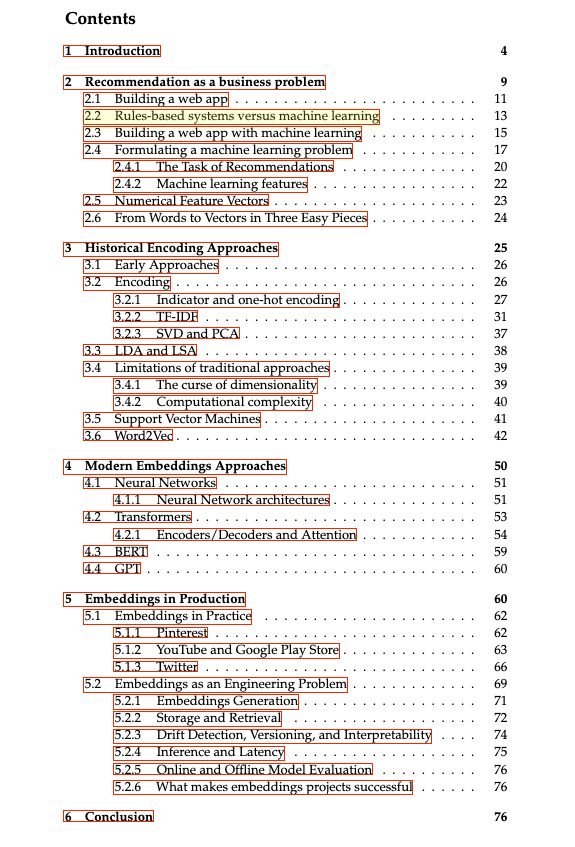
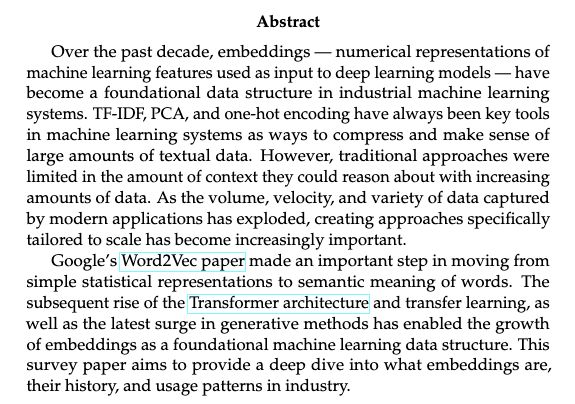
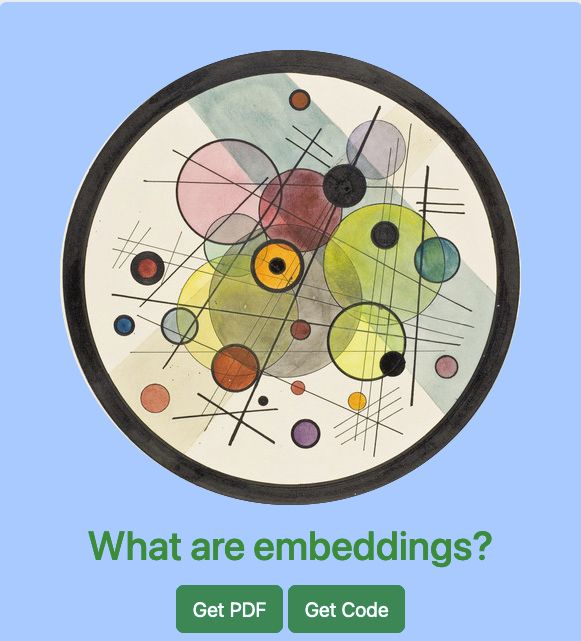
Let's start with "What are embeddings" by @vickiboykis.com
The book is a great summary of embeddings, from history to modern approaches.
The best part: it's free.
Link: vickiboykis.com/what_are_emb...

But then I found the paper "Mechanistic?" by
@nsaphra.bsky.social and @sarah-nlp.bsky.social, which clarified things.
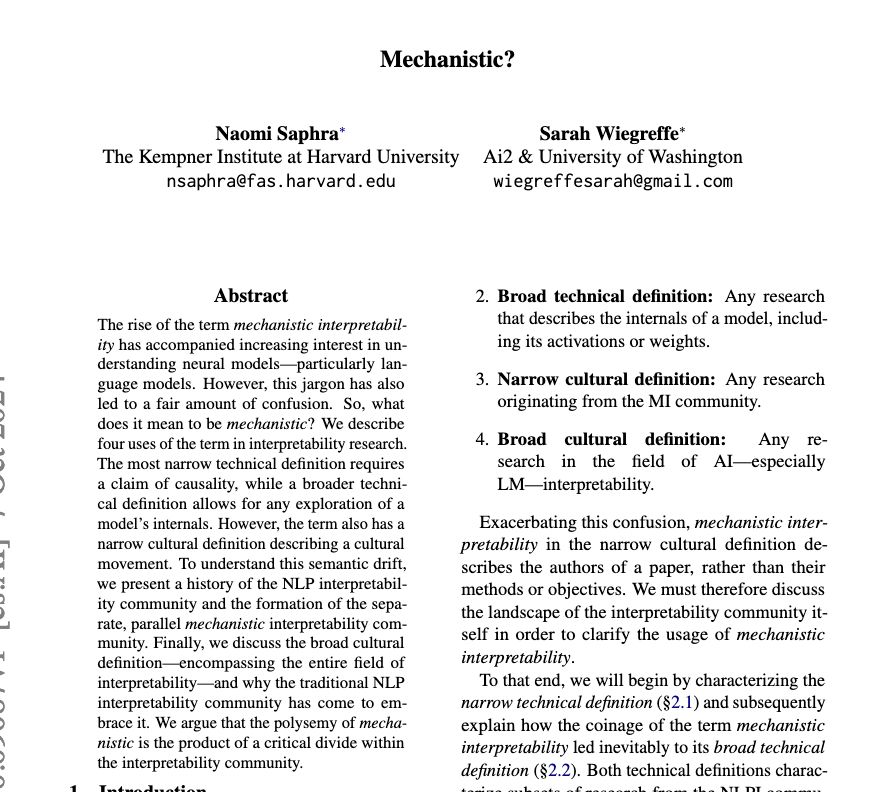
But then I found the paper "Mechanistic?" by
@nsaphra.bsky.social and @sarah-nlp.bsky.social, which clarified things.
Time to enter the 21st century of editors.
A new era of writing. A new me.

Time to enter the 21st century of editors.
A new era of writing. A new me.

The first pages look very promising, I love the visuals for the metrics:

The first pages look very promising, I love the visuals for the metrics:
Timo and I recently published a book, and even if you are not a scientist, you'll find useful overviews of topics like causality and robustness.
The best part is that you can read it for free: ml-science-book.com
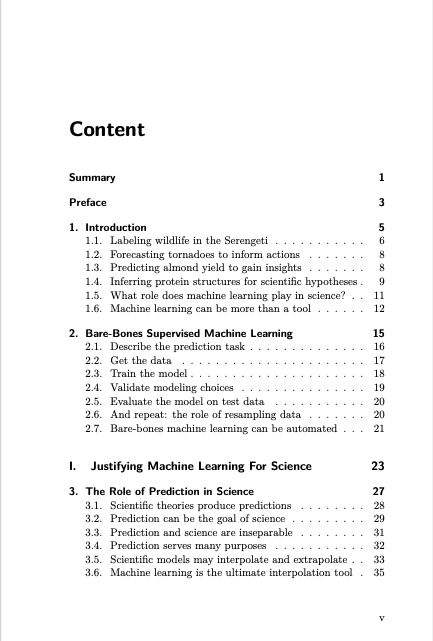
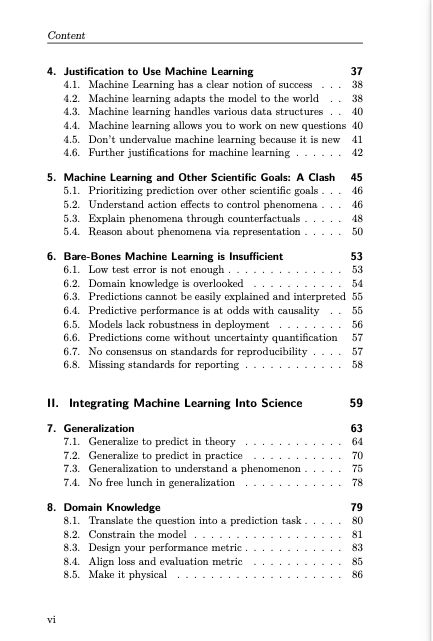

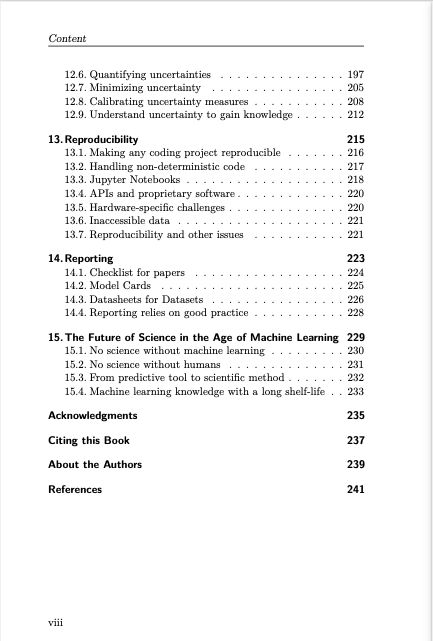
Timo and I recently published a book, and even if you are not a scientist, you'll find useful overviews of topics like causality and robustness.
The best part is that you can read it for free: ml-science-book.com
My first approach was to just add a few chapters, update some sections.
As I go deeper, I realize I go fully into "rewrite" mode.
Had to add a reminder not to rewrite the entire book 😂

My first approach was to just add a few chapters, update some sections.
As I go deeper, I realize I go fully into "rewrite" mode.
Had to add a reminder not to rewrite the entire book 😂

